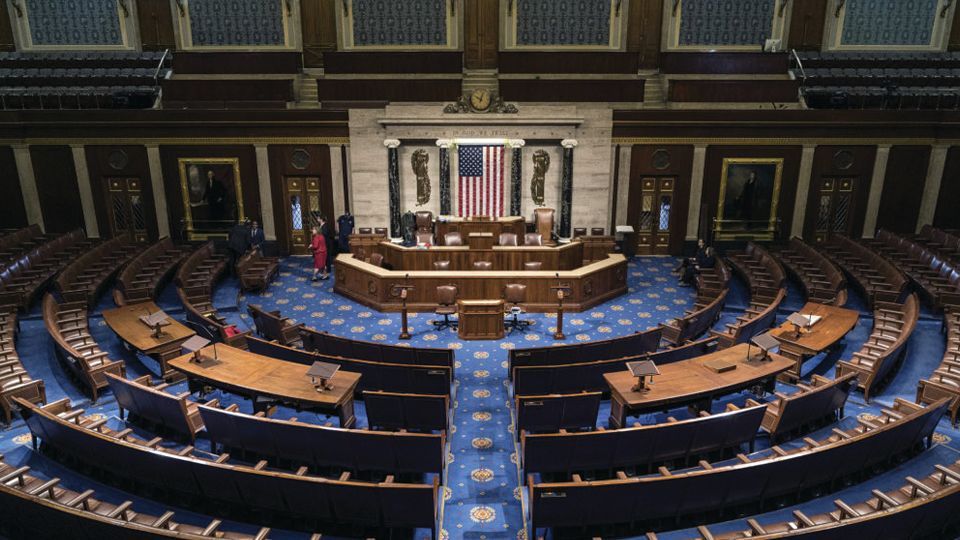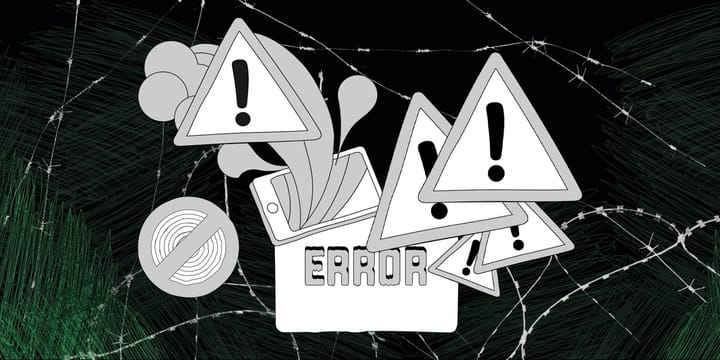The average U.S. senator is old enough to begin receiving social security benefits

Recently the chief of staff to Sen. Ben Ray Luján, the 49-year-old junior Democratic senator from New Mexico, announced that Luján suffered a stroke and underwent surgery to decrease the swelling in his brain.
Luján is “being cared for at [University of New Mexico] hospital, resting comfortably, and expected to make a full recovery,” Carlos Sanchez, the chief of staff, said in a tweet.
Senators from both parties expressed their concern for Luján and his family. “My hope is that we all love each other enough to just slow down, do work that we can get done that won’t be affected by his being gone and get him the hell back here when it’s safe,” said Republican Sen. Kevin Cramer of North Dakota told the New York Times, describing Luján as “just the nicest guy in the world.”
Democrats also expressed optimism about Luján’s recovery, Politico reported Wednesday. “He should be out pretty quickly,” Sen. Tammy Duckworth of Illinois told the website. “It shouldn’t affect the agenda too much… the key thing is that they recognized the symptoms fairly quickly.”
We should start to reconsider the age of those we vote into government to make rational decisions. At 79, President Joe Biden is the oldest president ever, and House Speaker Nancy Pelosi, who announced last month that she’s running for re-election to the House, is 81.
But there would be major political implications for a possible prolonged absence from government on the part of any senator, particularly a Democrat—especially as the Senate prepares for a confirmation battle over President Joe Biden’s nominee to replace Justice Stephen Breyer on the Supreme Court.
With the recent COVID-19 virus forcing senators such as 74-year-old Mitt Romney and 64-year-old John Hoeven to take time off we should really consider the age at which those in power are still able to think clearly.
This isn’t the first scare for the Democrats. Last January, 81-year-old Sen. Patrick Leahy of Vermont—who was first elected to the Senate in 1975—was briefly hospitalized for observation after experiencing what he later described as muscle spasms.
Following the 2020 presidential election, 88-year-old California Sen. Dianne Feinstein stepped down as the ranking Democrat on the Senate Judiciary Committee, and it was later reported that Feinstein was experiencing cognitive decline. The issue of Feinstein’s health also emerged during last year’s California gubernatorial recall, as in the case of a vacancy, a Republican governor could have single-handedly given Republicans Senate control until the midterms. (Gov. Gavin Newsom, who said he’d appoint a Black woman if a Senate vacancy came up, easily won the race.)
Feinstein told CNN last March that she plans to serve out the rest of her term, saying she’s “absolutely” able to do her job.
From the democrats to republicans every party has the same old senators. Though a unified Republican bloc would be able to block any Biden nominee or reconciliation from passage, the absence of Hoeven and Romney means Democrats currently have a majority. And Republicans have three senators themselves over the age of 80—86-year-old Jim Inhofe, 87-year-old Richard Shelby, and 88-year-old Chuck Grassley.
Grassley, by the way, is running for re-election to his eighth term in the Senate this year. And though Feinstein isn’t up for re-election until 2024, she hasn’t said whether she’ll run for another term, at the start of which she’d be 91 years old.
As the relatively young in comparison to others, Luján’s health scare showed anything can happen to anyone—and if you happen to be a U.S. senator, that could cause a domino effect that would impact for the entire federal government.
Sen. Jon Tester, a Montana Democrat, expressed shock at Luján’s stroke Tuesday. “It makes me worried about him,” Tester told Politico. “He’s too young for that stuff.”
Thanks for visiting Our Secret House. Create your free account by signing up or log in to continue reading.



